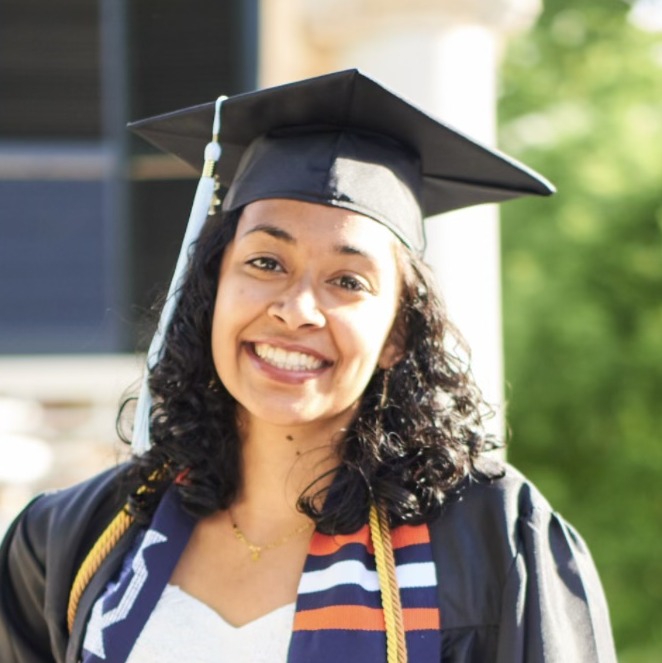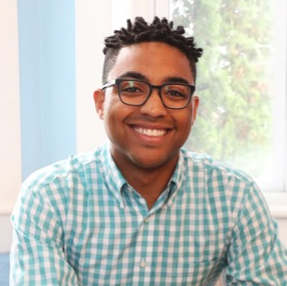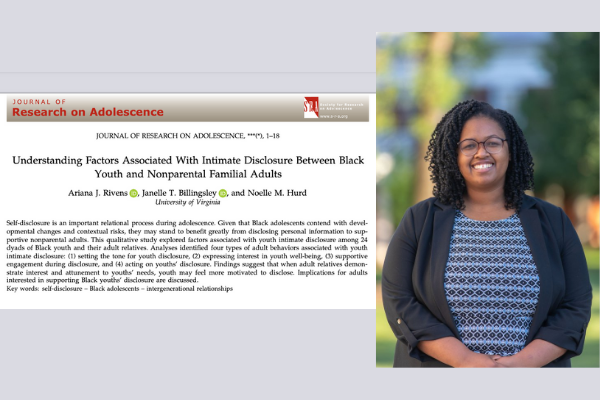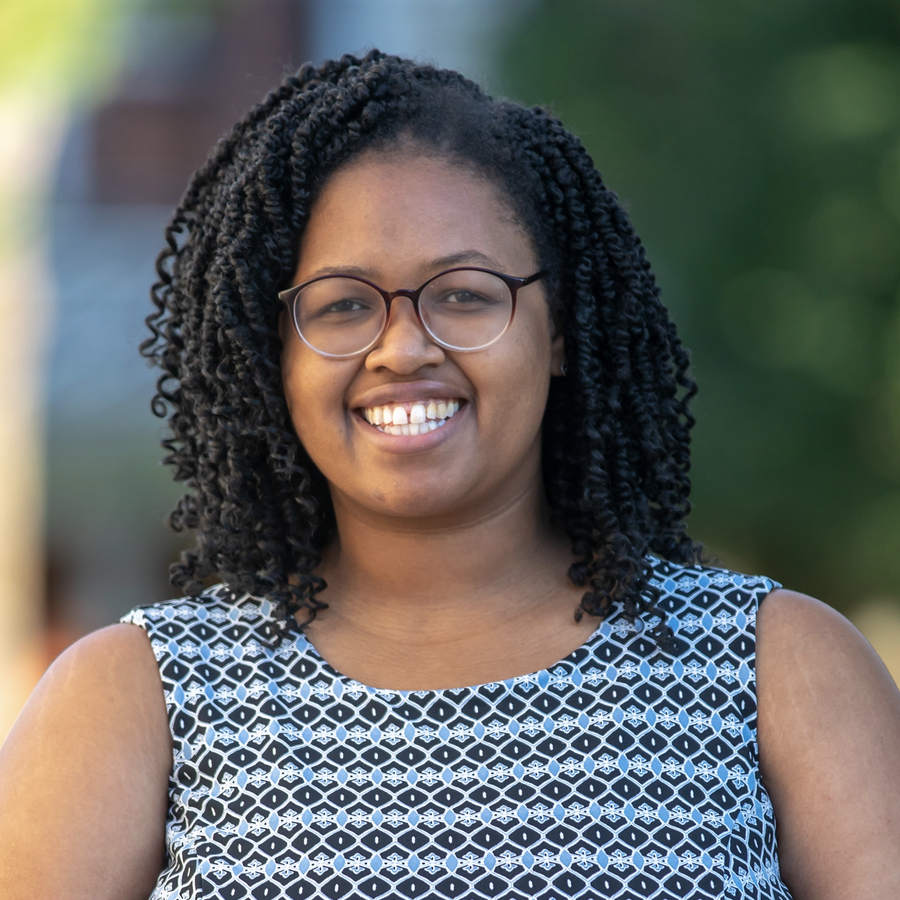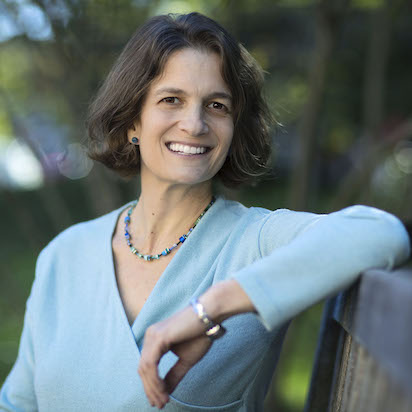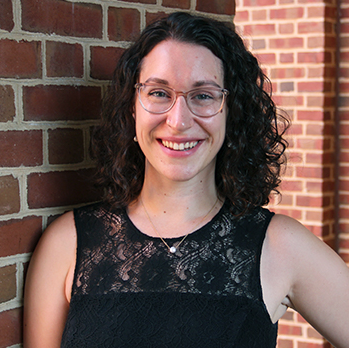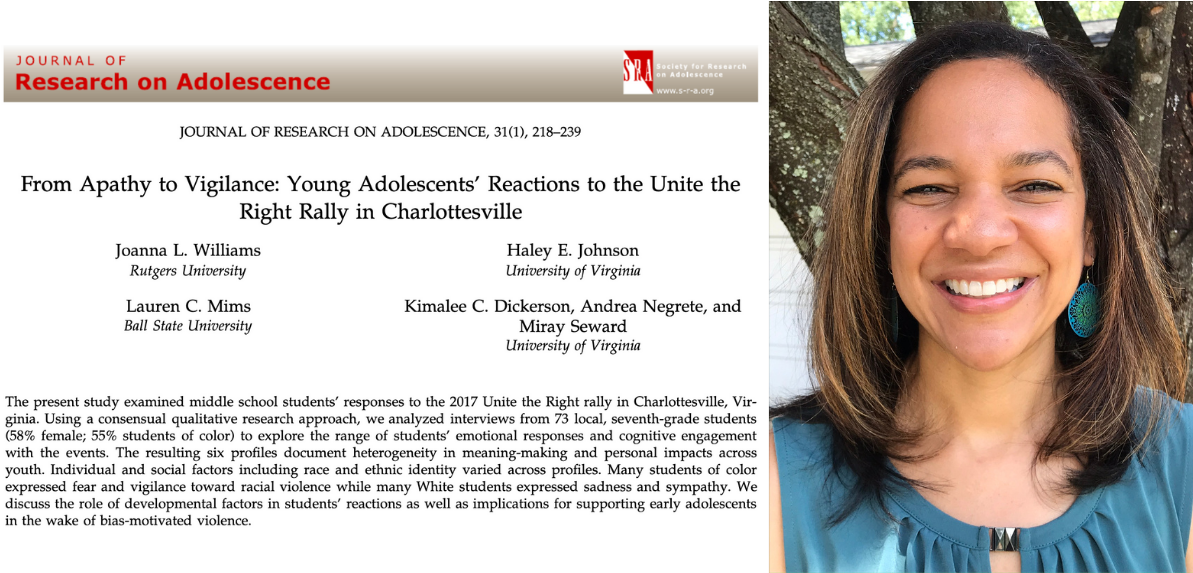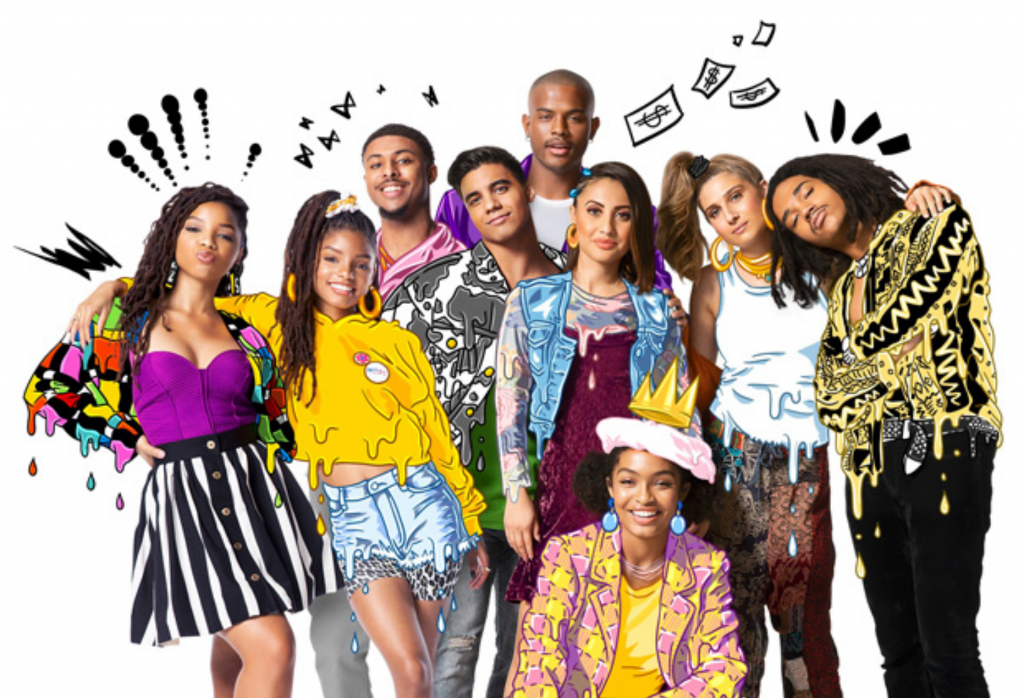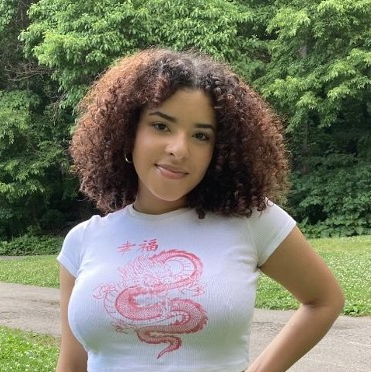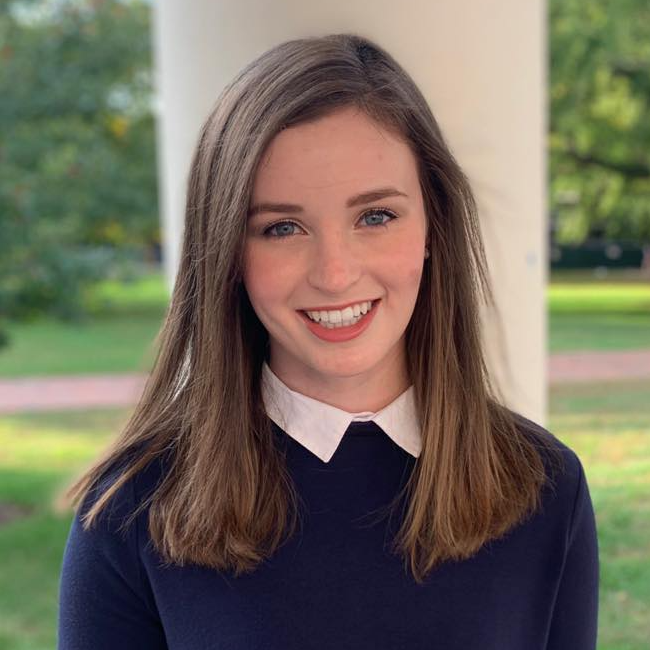By: Janelle Billingsley
Highlights:
- While close parental relationships may promote positive outcomes among Black youth, parents’ ability to support their children may be complicated during adolescence due to increased conflict and strain.
- However, support from adolescents’ familial mentors has the potential to mitigate strains in the parent-adolescent relationship.
- In this blog, we highlight ways that familial mentors may support the parent-youth relationship during adolescence.
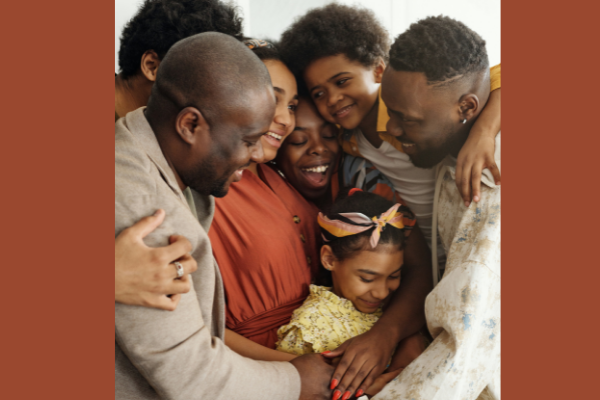
Studies show that a strong sense of connectedness to parents may protect Black youth from experiencing negative outcomes associated with exposure to anti-Black racism and structural inequality. [1,2] However, parents’ ability to support their children may be complicated during adolescence as parents and youth often experience increased conflict and strain while attempting to negotiate youths’ growing autonomy. [3] While scholars studying mentoring have long suggested that mentors may be a key resource for helping youth improve their social relationships with other adults, notably their parents, the question remains:
How are mentors supporting the parent-adolescent relationship?
This question is particularly useful for understanding Black adolescents’ family-based mentoring relationships given that (1) non-parental adult relatives comprise the majority of Black adolescents’ mentoring relationships; and (2) familial mentors are uniquely positioned to mediate parent-child conflict as they are likely to hold personal relationships with both youth and their parents.
Mentors Support of the Parent-Adolescent Relationship
In a recent study, [4] we identified three ways that Black youths’ familial mentors supported the parent-adolescent relationship through both youth- and parent-directed means:
1. Mentors Acting as Sounding Boards – Familial mentors listened to parents and youth discuss challenges they experienced in the parent-adolescent relationship. These mentors provided a space for youth and parents to process their thoughts and emotions when experiencing conflict with one another.
“[She] bring up stuff ‘well momma don’t understand or daddy don’t understand.’ So I said ‘well, tell me your version of it.’ So, we sit down, and I just listen to her talk.” – Grandmother mentor of a 14-year-old girl
By providing youth and parents the space to talk through their emotions, familial mentors were likely helping both to better understand and express their feelings. These practices may have promoted more effective communication between parents and their adolescent children.
2. Mentors Coaching Positive Communication Strategies – Familial mentors suggested positive communication and response strategies to youth and parents to help them navigate conflict in their relationship. For instance, familial mentors advised youth to not argue with their parents when they were upset and also encouraged parents to refrain against harshly disciplining their children.
“you have to be calm and tell [her]in a different way. . . you got to keep a calm voice. You have to calm down and they might get it rather than you screaming at them.” – Grandfather mentor of a 11-year-old girl
By helping parents and youth calibrate their reactions, familial mentors were likely able to promote more effective communication between youth and their parents.
3. Mentors Promoting Understanding – Lastly, familial mentors promoted understanding in the parent-adolescent relationship by advising parents and youth to perspective take. Familial mentors also encouraged youth to share information with their parents and encouraged parents to give their adolescent children appropriate space and autonomy.
“[my mom] reminds me that I cannot protect [my son] from everything. I can give him advice but she’s really the one trying to get me to release a little bit and relax and let him make his own way. . . [she reminds me] that he is a young man and to let him be young man even with all my fears and worries. Not to stifle that.” – Mother of a 14-year-old boy
By advising youth to share information with their parents, and encouraging parents to give their children the space to grow, familial mentors may have helped parents and youth negotiate adolescents’ growing desire for autonomy.
Together this work highlights familial mentoring relationships as a naturally occurring resource in Black families. Even further, by working to strengthen parent-adolescent bonds, familial mentors may help to ensure that parents are well positioned to support their children through the ups and downs of adolescence.
References
[1] Seider et al., 2019
[2] Wilson, 2009
[3] De Geode et al., 2009
[4] Billingsley et al., 2021
If you have any comments or questions about this post, please email Youth-Nex@virginia.edu. Please visit the Youth-Nex Homepage for up to date information about the work happening at the center.
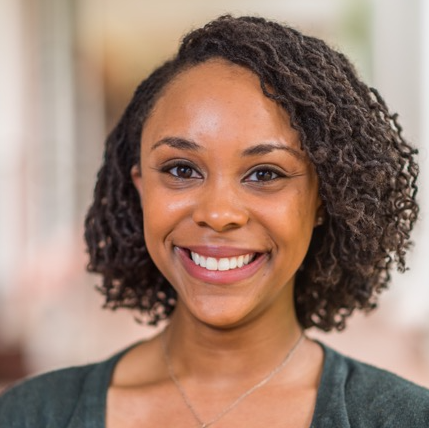
Author Bio: Janelle Billingsley is a Ford Foundation Dissertation Fellow and a doctoral candidate in the Community Psychology program at the University of Virginia (UVA). She received her B.A. in Psychology from North Carolina Central University and her M.A. in Psychology from UVA. Janelle’s program of research integrates ecological and developmental frameworks to uncover the ways Black adolescents leverage their familial networks to promote their healthy development in the face of contextual risk. Her scholarship primarily focuses on two areas of exploration: 1) identifying factors that promote close and supportive intergenerational relationships between Black adolescents and their parents and adult relatives, and 2) better understanding how Black adolescents’ supportive intergenerational familial relationships facilitate adolescents’ social and emotional development.

